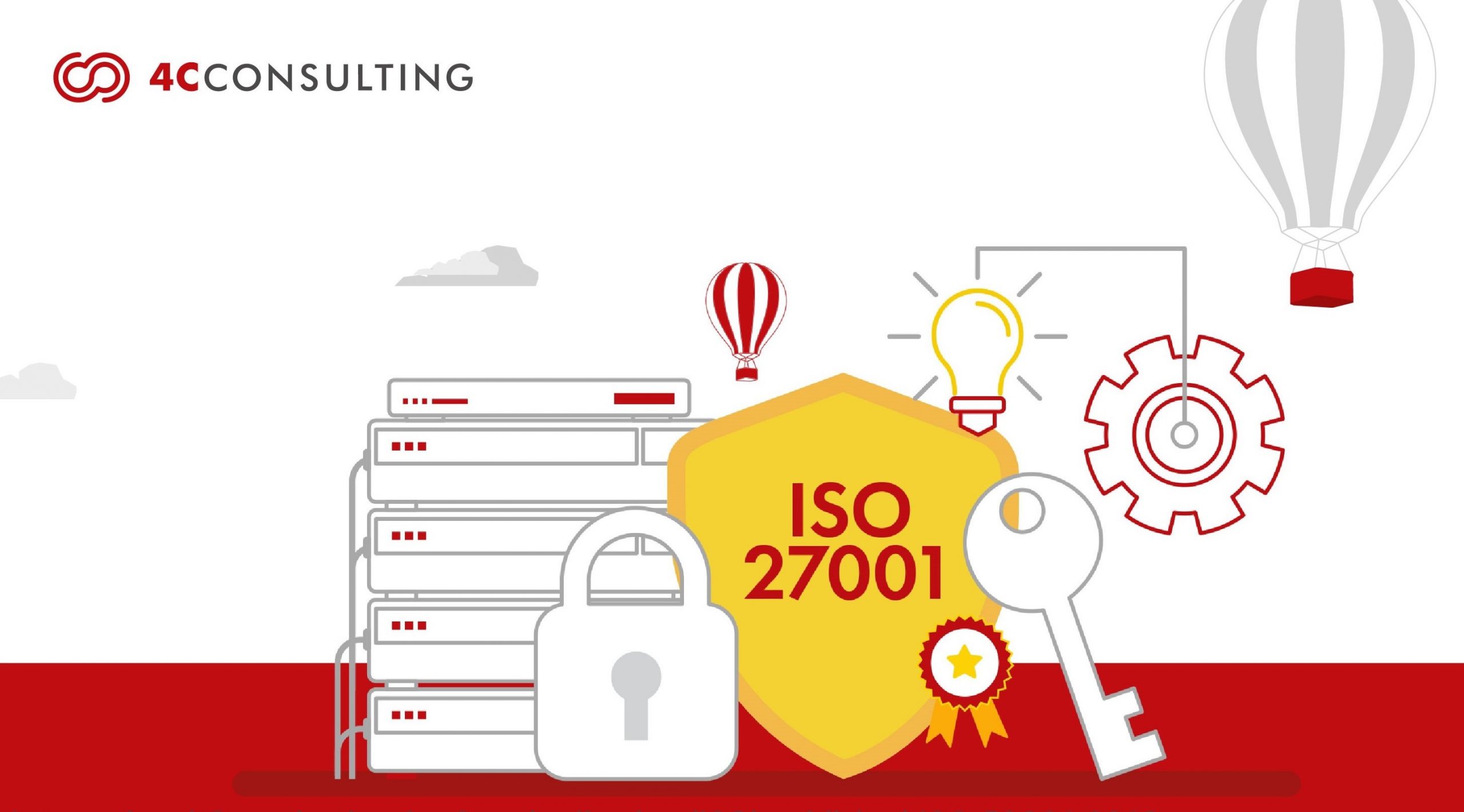
Risk Assessment in ISO 27001: Safeguarding Information Security
31st Jul, 2023
In today’s rapidly evolving digital landscape, information is one of the most valuable assets for organizations. Protecting sensitive data from potential threats and vulnerabilities is crucial for maintaining business continuity and gaining customer trust. ISO 27001 certification standard is a framework for information security management systems (ISMS), provides a structured to identify, assess, and manage information security risks. In this blog, we will delve into the fundamentals of risk assessment within ISO 27001 and explore its significance in safeguarding information security.
.
Understanding Risk Assessment in ISO 27001
ISO 27001 emphasizes a proactive approach to information security management. The risk assessment process is at the core of this standard, enabling organizations to identify and analyze potential risks to their information assets. Risk assessment is a continuous cycle that involves the following key steps:
1. Establish a risk assessment framework:
This is the first step for risk assessment. Any organization who wishes to go for ISO 27001 risk assessments must defines the;
- Rules on how you are going to conduct the risk management, as its basic requirements of implementation, every department of the organization must follow the same practices across organization.
- Define whether the risk assessment shall be carried out qualitative or quantitative,
- What is the scope of risk assessment,
- What are the processes and systems need to be included,
- Identify relevant legal, regulatory or contractual requirements,
- Objective of risk assessment, risk tolerance and risk criteria.
- Once you are clear with this, the primary risk assessment can be started.
.
2. Identify Information Assets:
Identify and document all information assets within your organization. This includes physical assets like servers, network infrastructure, and intellectual property, as well as non-physical assets like customer data, employee records, and proprietary information. Overall, an information asset is a body of information, defined and managed as a single unit so it can be understood, shared, protected and exploited efficiently. For example, databases, data files, contracts and agreements, system documentation, user manuals, training materials, operational/support procedure, business continuity plans, back up plans, audit trails, archived information.
.
3. Identify Threats and Vulnerabilities:
Identify potential threats that could exploit vulnerabilities in your information assets. This involves understanding internal and external threats, such as unauthorized access, data breaches, malware, or physical theft. Additionally, identify vulnerabilities, such as weak passwords, outdated software, or lack of employee awareness. For example, the risk can be “Theft of any data breaches, while the weakness is lack of proper policy on authorization for entry in the server room.
.
4. Access Risk:
The most time-consuming step in the risk assessment process is determining the hazards that could compromise the confidentiality, integrity, and accessibility of information. An asset-based risk assessment process shall be established.
Analyze each detected risk’s propensity for occurring and potential effects. This stage entails taking into account elements including the likelihood of an occurrence, potential damage, and already-in-place controls.
Each risk should be given a rating, which aids in organizing mitigation measures. Not all risks are equally serious, therefore you might not want to put in place onerous controls or steps to reduce, get rid of, or prevent dangers that might only do minor harm.
To compare risks to your risk assessment standards, identify hazards that require action, and prioritize them, create a risk assessment matrix based on these considerations.
Consider how each risk might impact the privacy, accuracy, and accessibility of data (the “CIA triad”). Consider the various effects of each threat, such as those on business, law, contracts, and regulations.
Consider the following as you proceed:
- How much might it cost to replace a compromised asset?
- Is there a chance of financial loss (lost revenue, fines, etc.)?
- Would a security breach harm our standing?
.
5. Implement Risk Mitigation Measures:
As the risk is identified now, Develop and implement a risk treatment plan and manage the risks. This may involve implementing technical controls, enhancing security policies and procedures, conducting employee training, or adopting encryption mechanisms. Ensure that the chosen measures align with the organization’s risk appetite and security objectives.
Prevent the risk. Take steps to reduce the likelihood that the risk may occur. Stop working with high-risk vendors, for instance. For risk management decide based on the most used phenomenon.
- Avoid the risk: Take steps to reduce the likelihood that the risk may occur.
- Modify the risk: Use security measures to lower the likelihood of an incident occurring and the potential for damage. Install a firewall or an endpoint detection and response program, for instance.
- Transfer the risk: Share the risk with a third party, such as through buying a cybersecurity insurance policy.
- Retain the risk: Accept the risk if it satisfies the predetermined criteria for risk acceptance or if the expense of mitigating it would be greater than the likelihood of damage.
.
6. Monitor and Review:
As all the risk is identified and controlled with respective control measures, regularly monitor and review the effectiveness of the implemented risk mitigation measures. At defined assessment plan, periodically reassess risks, considering changes in the threat landscape, regulatory requirements, or organizational context. This ensures that your risk assessment remains relevant and up to date.
ISO 27001 risk assessment is a fundamental component of information security management. By systematically identifying and mitigating risks to your information assets, you enhance your organization’s resilience against security breaches, reduce potential financial and reputational damage, and ensure compliance with relevant regulations. Remember, information security is an ongoing process, and regular reviews and updates are crucial to adapt to evolving threats. Embrace ISO 27001 risk assessment as a proactive approach to safeguarding your information assets and maintaining stakeholder trust in an increasingly interconnected world.
.
How 4C can help your organization in Risk Assessment?
To help organizations gain credibility and trust from clients, employees as well as stakeholders and avail the numerous benefits of ISO 27001, 4C experts help in complete ISO 27001 implementation. We provide ISO 27001 Training as well as consulting to help you strengthen your ISMS. Team 4C consists of IRCA certified 27001 auditors who have 15+ years of experience. Having provided consulting services, risk assessment and BCP documents to 100+ for IT and ITES companies; we have empowered companies to enhance profitability as well as credibility across the globe. Also, we have provided 5000+ hours of training on IT Security Management System (ISMS) to help them gain benefits continually. To incorporate ISO standards and implement ISO 27001 in your organization, Contact us now.
